Essential Cost-Saving Tips for Residential Moves

To significantly reduce the costs associated with your residential move, at "87 Movers Las Vegas," we understand the importance of managing your moving budget effectively. We're here to share expert tips and insights that can make your transition smoother and more affordable.
Kick-Start Your Journey: An Overview
Embarking on an apartment move without a robust plan can be like navigating a ship without a compass. Budgeting for your move is crucial, and it begins with understanding the potential costs involved and identifying opportunities for savings. At "87 Movers Las Vegas," we pride ourselves on providing transparent, affordable moving services that cater to the unique needs of our clients in Las Vegas, Nevada. Our approach to economical moving is designed to ease the financial stress and make your residential move as seamless as possible.
Pre-Move Strategies to Cut Costs
Decluttering: Sell, Donate, or Discard
One of the most effective ways to reduce moving costs is by decluttering your home. This not only lessens the load but can also potentially earn you some extra cash if you decide to sell items you no longer need. Consider donating items in good condition to charity organizations. For everything else that's not worth selling or donating, recycling or proper disposal is key.
The Right Time Matters: Choosing Off-Peak Seasons
Moving rates can vary significantly throughout the year. Typically, summer months are the busiest and most expensive times to move due to the high demand. Plan your move during off-peak seasons, like late fall or winter, to take advantage of lower rates.
Comparative Shopping: Getting Estimates from Multiple Movers
Don't settle for the first moving quote you receive. It's advisable to get estimates from at least three different moving companies. This not only gives you a better idea of the fair market rate but also puts you in a better position to negotiate.
Packing: How to Save by Doing It Yourself
Packing services can add a significant amount to your moving costs. Consider packing non-fragile items yourself and reserve the professional packing services for delicate items. This can result in substantial savings.
Packing Supplies: Where to Find Them for Free or Cheap
You don't need to spend a fortune on packing supplies. Many retail stores are willing to give away boxes for free. Additionally, using newspapers, towels, or old clothes for cushioning instead of buying bubble wrap can help save money.
Understanding Moving Quotes
Types of Moving Quotes and Which One Benefits You the Most
For smart budgeting for your apartment move you should familiarize yourself with the different types of moving quotes - non-binding, binding, and binding not-to-exceed estimates. Understanding these can help you choose the most favorable option and avoid unexpected costs on moving day.
Hidden Fees to Watch Out for in Contracts
Read your moving contract thoroughly to ensure there are no hidden fees. Some companies charge extra for services like long carry, stair fees, or even packing materials. Being aware of these potential fees upfront can help you budget more accurately.
The Moving Day: Minimizing Expenses
Moving day is finally here. If you've followed the pre-move strategies, you’re already set to save. Yet, there are still ways to minimize expenses on the big day itself.
The Essentials Kit: Avoiding Last-Minute Purchases
Prepare an essentials box or suitcase with everything you'll need for the first day in your new home. This should include toiletries, a change of clothes, snacks, and basic tools. Having these items easily accessible can prevent unnecessary trips to the store, saving both time and money.
Food and Drinks: Planning to Save on Moving Day Meals
Moving day can be long and exhausting, and it's easy to resort to ordering takeout for meals. Plan ahead by preparing meals and having bottled water on hand. Consider making sandwiches or packing snacks that are easy to eat on the go. This not only saves money but also keeps you and any helpers fueled throughout the day.
Post-Move: Ensuring Cost Efficiency Continues
The move might be over, but there are still opportunities to manage your finances effectively.
Tax Deductions for Moving Expenses: What Qualifies?
While recent tax law changes have affected the deductibility of moving expenses for many, some individuals, particularly active military members, can still qualify for deductions. If you meet the criteria, keeping a detailed record of all moving expenses can help you claim deductions come tax season.
Unpacking Efficiently to Avoid Additional Costs
Set a goal to unpack completely within a set timeframe to avoid living out of boxes indefinitely. This not only helps you settle into your new home faster but also prevents the need to purchase items you already own but can't find. Moreover, efficient unpacking allows you to assess and sell or donate items you may no longer need, further decluttering your space and possibly adding a bit more to your savings.
Long-Distance Moves: Special Considerations
If your move covers a long distance, the strategies for cost savings differ slightly.
Weighing the Cost: Driving vs. Professional Movers
For a long distance move , consider the cost difference between hiring a full-service moving company versus a DIY move with a rented truck. Sometimes, the cost and hassle of driving a truck across the country, along with fuel, lodging, and meals, can end up being more expensive than hiring professionals.
Shipping Possessions: Cost-Effective Methods
Investigate alternative shipping methods for some of your belongings. Shipping books via media mail, for example, can be more cost-effective than moving them with a moving company. For larger items, look into freight or consolidated shipping options, which can offer significant savings for less time-sensitive deliveries.
Inventory Apps: Keeping Track of Your Belongings
Use inventory apps to catalog your belongings. This not only helps in organizing your move but also in determining the insurance coverage you might need. An accurate inventory ensures you're not overpaying for coverage on items you don't have or underinsuring valuable items.
Budgeting Apps: Monitoring Your Moving Expenses
Budgeting apps can be incredibly helpful in tracking your moving expenses in real-time. Set a budget for different categories of your move, and update expenditures as you go. This can help you identify areas where you’re overspending and adjust accordingly.
"87 Movers Las Vegas": Your Partner in Economical Moving
At 87 Movers Las Vegas, a moving company located in Las Vegas, Nevada , we believe that a successful move doesn’t have to come with a hefty price tag. Our comprehensive moving services are designed with your budget in mind, offering transparency, reliability, and affordability from start to finish. Whether you're moving down the street or across the state, our team is here to provide a stress-free moving experience, tailored to your specific needs and financial considerations.
Maximizing Your Move Budget
Moving on a budget is entirely possible with careful planning, smart decision-making, and resourcefulness. From decluttering and DIY packing to selecting the right moving company and unpacking efficiently, every step of your move offers opportunities for savings. Remember, the goal is not just to save money but also to make your move as smooth and stress-free as possible. 87 Movers Las Vegas is dedicated to helping you achieve just that. With our expert guidance and cost-effective moving solutions, you're not just moving; you're moving smarter.


